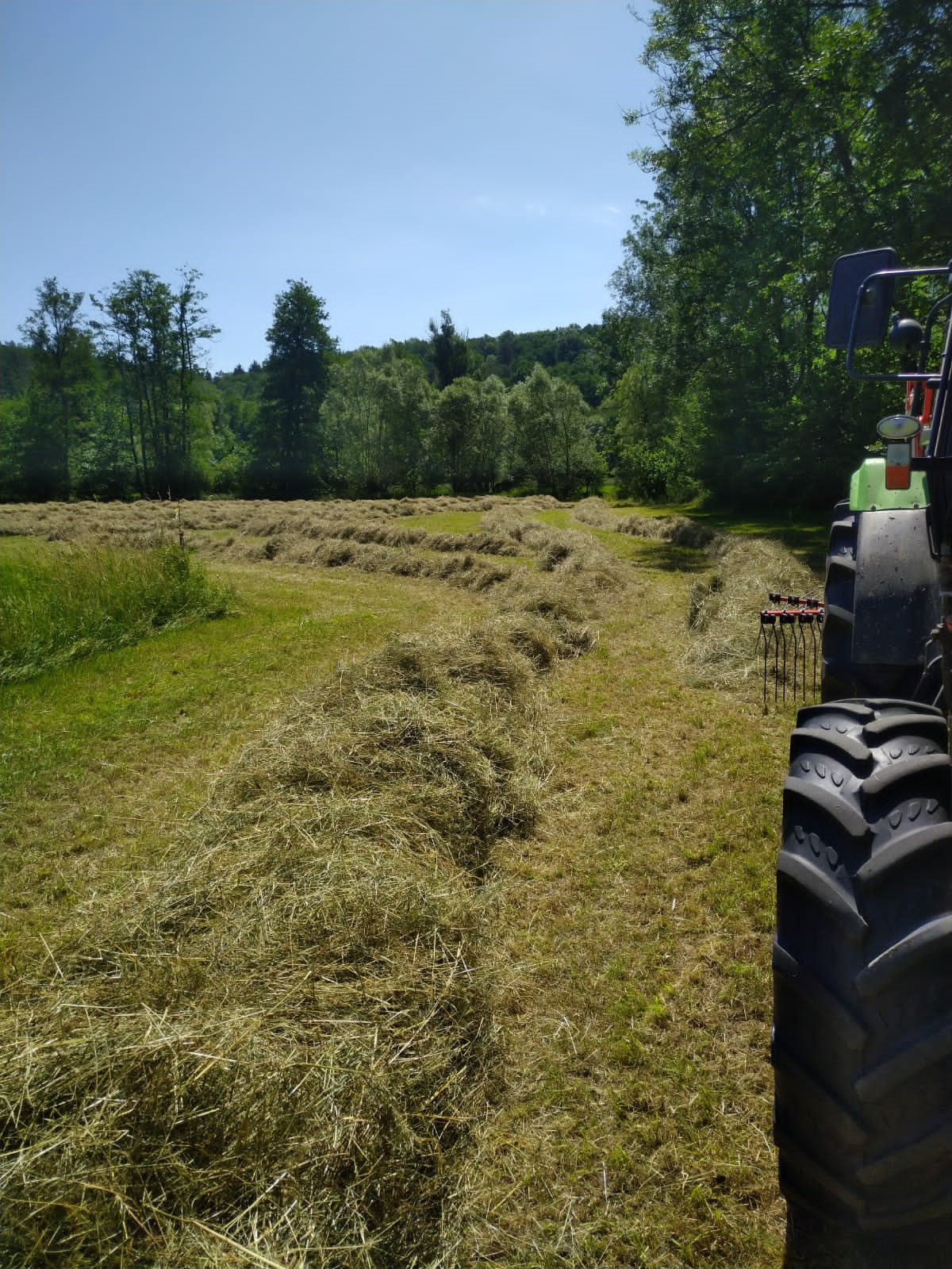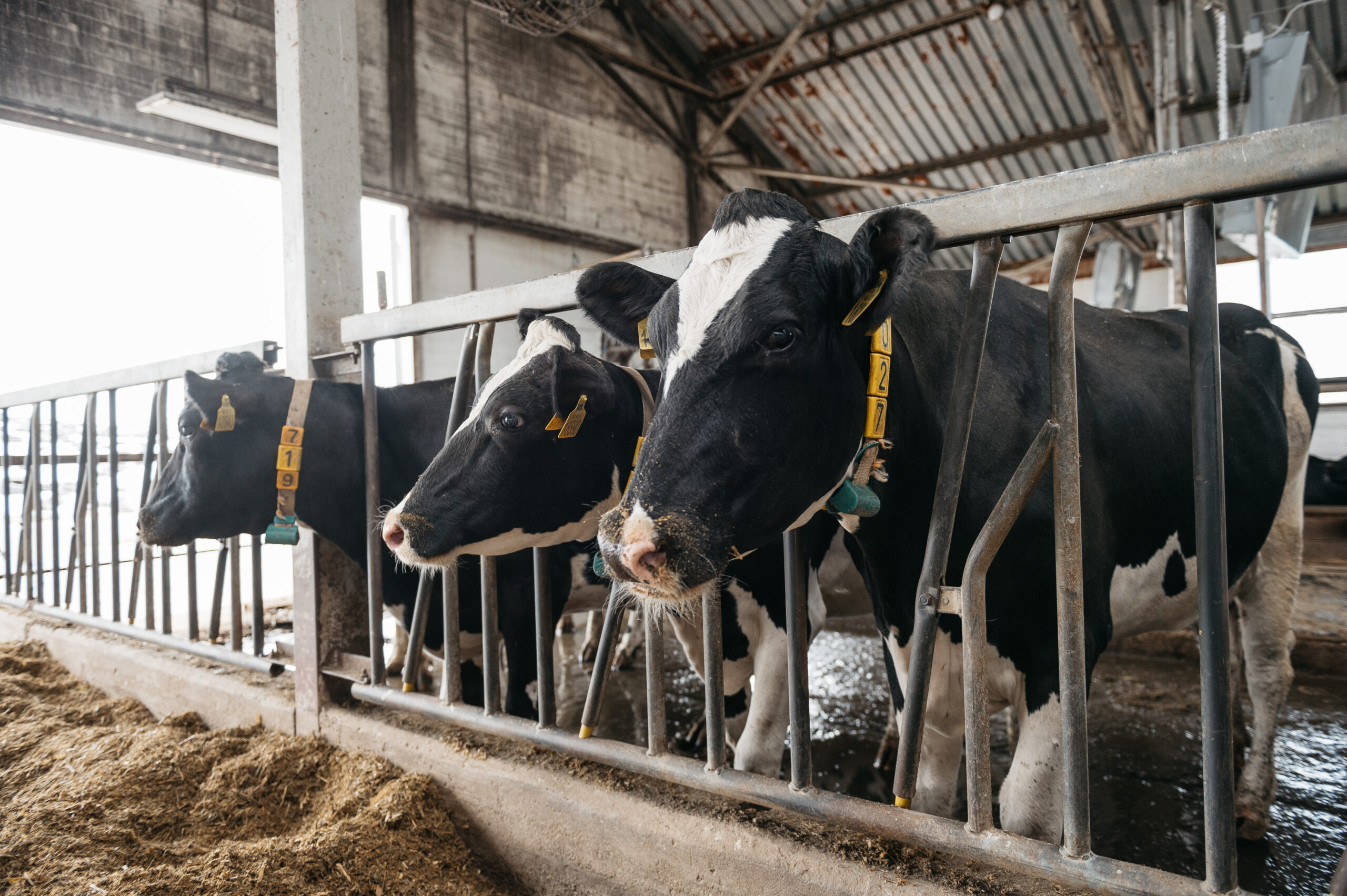

Improving the genetic foundation for a more sustainable herd, Russia
In collaboration with Neogen
Read More

Improving Cow Grooming and Comfort using Brushes, United States
In collaboration with FutureCow
Read More

Checking Beta-Carotene Status in Dairy Cows, Romania
Read More
Building a sustainable future for dairy farming, Netherlands
In partnership with Royal FrieslandCampina
Read More
ALPRO’s Regenerative Agriculture Journey, Spain
Read More

Better Herd Monitoring Using Connected Sensors, Germany
In collaboration with Connecterra.
Read More
Danone North America Regenerative Agriculture Program, United States
Read More

Additional fat in ration to increase milk yield and quality, Romania
Read More

Improving feed and nutrient efficiency to achieve better digestibility, France
In collaboration with DSM
Read More

Using agricultural and agro-industrial by-products in feed, Algeria
A contribution from Danone Ecosystem
Read More

Demo farms: showcasing best practices on farm to onboard farmers, France
A contribution from Danone Ecosystem
Read More

Improving calf health with an integrated management protocol, Russia
In collaboration with MSD Animal Health
Read More

Improving calf health with an integrated management protocol, Belgium
In collaboration with MSD Animal Health
Read More

Terragr’Eau project to improve manure management and water quality, France
A contribution from Danone Ecosystem
Read More

Enhancing soil health and protein autonomy with local silage production, Germany
Read More

Optimization of the nutrient cycle for sustainable crop management, Germany
In collaboration with Yara
Read More

Food to feed: using sugar beet pulp to reduce feed costs, Russia
Read More
Waste Management and Biocontrol in strawberry farms, Spain
Read More
The Soy Traceability Project, Brazil
Read More

Beta carotene supplementation for fertility and longevity improvements, Brazil
In collaboration with DSM
Read More

Increasing the pregnancy rate with connected sensors, United States
In collaboration with Connecterra
Read More

Improving animal welfare with a holistic plan, Spain
Read More

A climate smart solution: soil scanner for sustainable crop management, Poland
In collaboration with Agrocares
Read More

Improving quality of silage thanks to hybrids and inoculants, Spain
In collaboration with Yara, Corteva
Read More

Implementing regenerative practices for silage cultivation, Poland
In collaboration with Yara and Corteva
Read More

Energy savings with a smart meter and smart actions, Belgium
A contribution from Danone Ecosystem
Read More

Implementation of a genomic breeding strategy, United Kingdom
In collaboration with Neogen
Read More

Reducing mastitis and lameness with vitamin supplementation, Europe
In collaboration with DSM
Read More

Food to feed: using yeast products to reduce feed costs, Russia
Read More

Replacing soy with rapeseed meals to reduce costs and improve protein content, Spain
Read More

Improving feed efficiency to improve milk production and lower emissions, Germany
Read More

Using data technology to better manage herds, reducing lameness and calf mortality, Canada
In collaboration with Connecterra
Read More

Reducing cases of mastitis with better milking techniques, Russia
In collaboration with MSD Animal Health
Read More

Reducing antibiotics use during the drying off period with a balanced diet and better hygiene, Belgium
In collaboration with MSD Animal Health
Read More

Using teat scrubbers to reduce cases of mastitis and SCC by 60%, Belarus
In collaboration with FutureCow
Read More- LEGEND:
Ongoing
Finished
From animal welfare to herd management, from emissions reduction to soil health and biodiversity, we are continuously learning how to farm better. Browse through more than 50 inspiring case studies from the field and apply the learnings and best practices on your own farm.
Ensuring and improving animal welfare is a strategic and integral topic on a dairy farm. The impact goes beyond the farm and is closely watched by consumers at the purchasing decision. Transparency is key. The continuous improvement of the welfare of all animal groups on farm will positively impact the cost of production and efficiency. Cows that are kept under higher welfare standards, life longer and are finally more productive.
Harvesting top quality from field and transform that into milk is the most critical, impactful and difficult process on a farm. The right choice of crops can improve soil health, reduce carbon and water footprints, sustain animal welfare and health and improve margin of the farmer. Providing this in the optimal diet is a daily task.
Using soil data and crop requirements to balance nutritional needs of the growing crop will enable to deliver optimal yield and quality whilst delivering profitable and sustainable crop production. Optimising the use of nutrients for crop management will mean a higher return on output. This is achieved through balancing requirements of crop with inputs available on farm (soil and organic) and external (mineral fertiliser).
Cow herd is the foundation of dairy farm. From young stock to lactating females, optimising reproduction through best practices can yield more sustainable dairying for years to come, with better herd and economic performance (increased herd value and longevity), and overall less worries for farmers. Reproduction is multi-factorial and complex: the challenge is to find the most important risk factor(s) to work on.
The soil is where life starts. Healthy soil enables to capture carbon in the soil, nurture biodiversity and retain water, which in turn create healthy productive crops, more resilient to drought and other consequences of climate change. A long term plan for the soil management (with cover crops, balanced minerals and nutrient inputs, and low tillage) will improve soil health and fertility. Continuous implementation of best practices is key since improving soil health takes time.

















